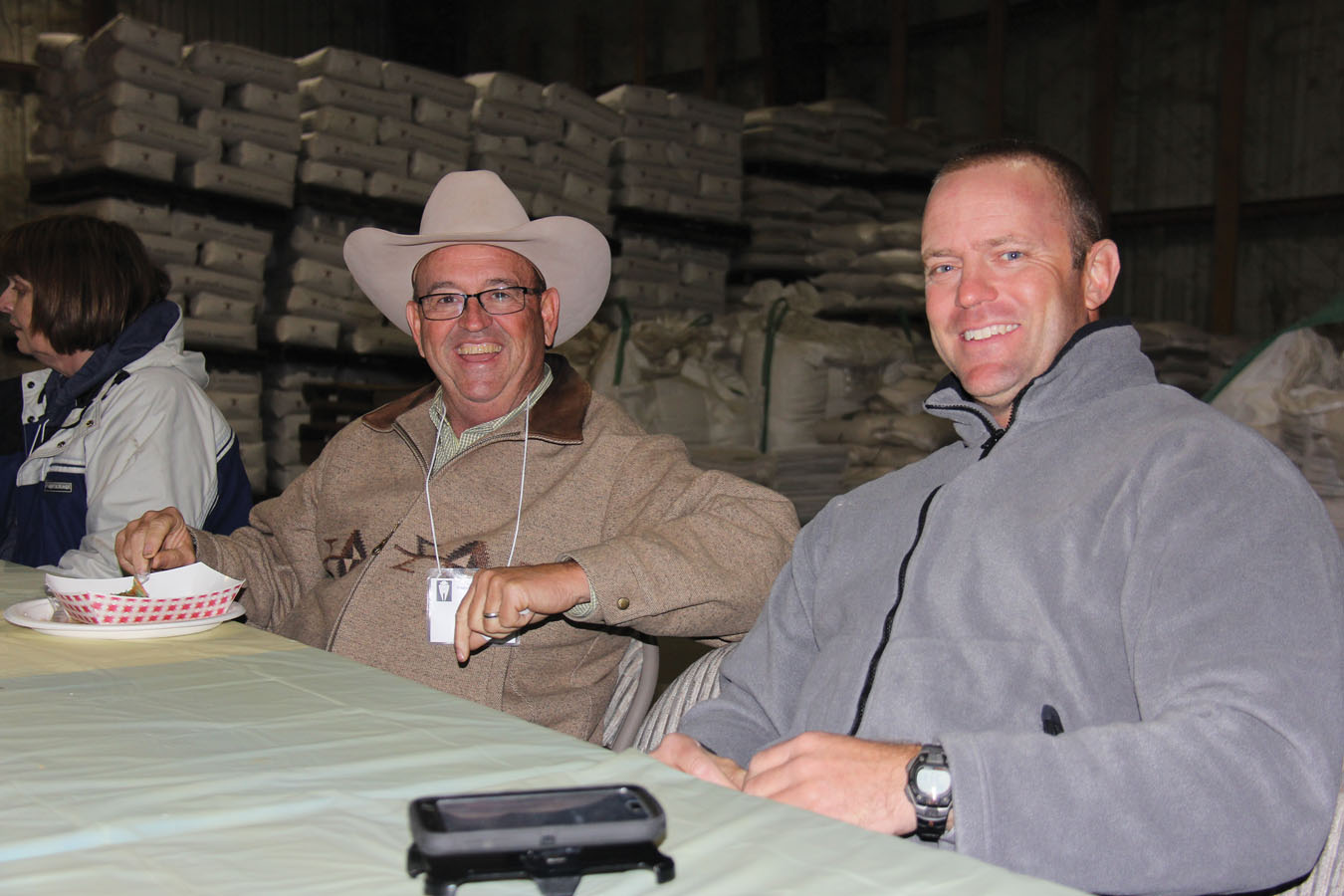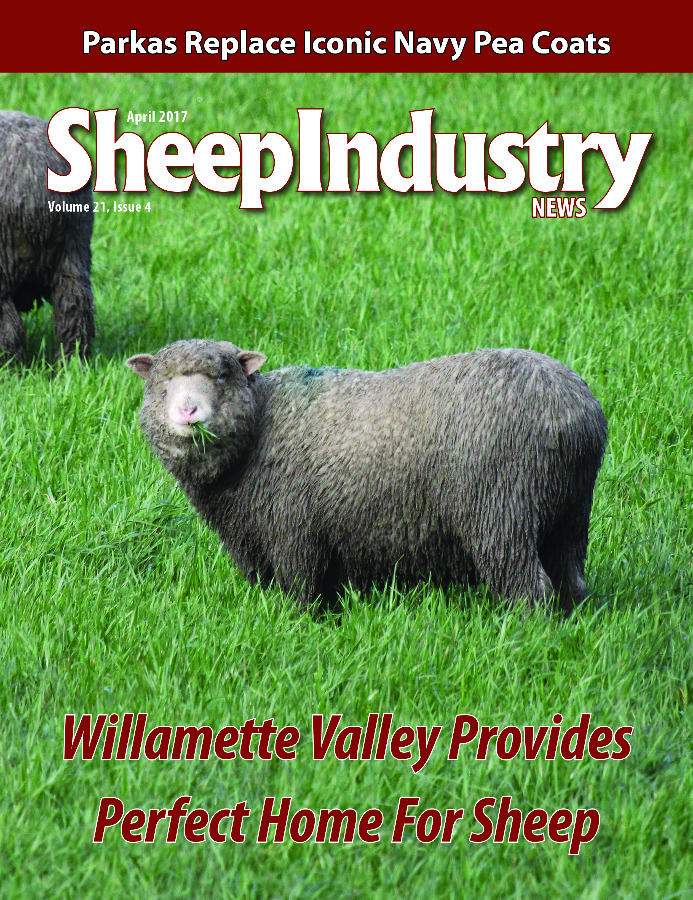To View the April 2017 Digital Issue — Click Here

Prices Soaring for Fine Wools as Shearing Season Heats Up
Mike Corn, ASI President
My time as ASI president kicked off with a bang in March as I traveled to the National Lamb Feeders Association’s Howard Wyman Sheep Industry Leadership School in Oregon.
You can read more about the school beginning on page 16 of this issue. Most certainly, the price of wool was a hot topic as two dozen sheep producers from all across the United States came together for two days in the Willamette Valley.
 As a wool buyer, if I’m not busy in March and April, then I’m doing something wrong. Lots of parts of the country have already sheared their sheep, or are gearing up to shear in the near future. I’m all too aware that the price of wool is soaring in Australia right now. We definitely have a better market now than we did at this time last year.
As a wool buyer, if I’m not busy in March and April, then I’m doing something wrong. Lots of parts of the country have already sheared their sheep, or are gearing up to shear in the near future. I’m all too aware that the price of wool is soaring in Australia right now. We definitely have a better market now than we did at this time last year.
However, there are things you need to be aware of. The micron count on your wool will matter more this year than ever before. Fine microns in the 19-20 range are bringing anywhere from 15 to 20 percent more on the market than at this time last year. But 21-23 micron wool is up just 5 to 10 percent. Courser wools might even be less than last year, depending on the market at the time you sell your wool.
Keeping this in mind, I would encourage you to do the best possible job of pulling the course wool from the end of your clip. Work from the bottom up, and you’ll be much better off.
The good news is that buyers are buying. They have orders for as much wool as they can get their hands on – which is the complete opposite from where the wool industry stood at this time last year.
One group that might not be buying American wool in the near future is the U.S. Navy, which has decided to replace the traditional pea coat with a parka made from mostly synthetic fibers. ASI is working with various manufacturers and trade groups to reverse this unfortunate decision.
With budgets, legislative agendas and plans from the new administration all taking shape in the last month, we’re also continuning to monitor a variety of situations that affect the American sheep industry.
ASI accepted an invitation to provide sheep-specific testimony to the members of the U.S. House of Representatives, Committee on Agriculture, Subcommittee on Livestock and Foreign Agriculture on March 21 regarding The Next Farm Bill: Livestock Producer Perspectives. ASI strongly supports the reauthorization of the 2014 Farm Bill as a means of delivering a safe, affordable and abundant food and fiber supply.
We are also closely engaged with USDA’s Agricultural Marketing Service on recommended changes to Livestock Mandatory Reporting or as it is often called “mandatory price reporting.” ASI participated in a meeting of cattle, hog and lamb sectors along with general farm organization stakeholders in November and urged AMS to have some research conducted on confidentiality and other issues.
Since then, we have had several discussions with AMS on allowing lambs purchased by cooperatives to be reported along with confidentiality research. AMS implemented changes to the weekly slaughter sheep report on March 10 by beginning to report the “formula” purchase prices again, but without weekly volume. They also plan to publish a new “comprehensive” value that includes formula and negotiated prices for the week prior that same day.
The sheep industry has gone for more than a year now without formula prices published on lambs in direct trade. Besides leaving a big hole in nationally transparent lamb prices each week, this situation has precluded the ability to sell LRP-Lamb insurance.


